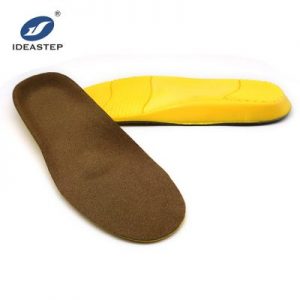
Memory foam insole can provide some level of gait adjustment and alignment support, depending on their design and construction. Here’s how:
1. Cushioning and Support
Memory foam molds to the shape of your feet, providing customized cushioning and support. This can help absorb shock and reduce the impact on your joints during walking or running, which may indirectly contribute to gait improvement.
2. Arch Support
Many memory foam insoles come with built-in arch support. Proper arch support can help promote better alignment of the feet and ankles, potentially influencing your gait mechanics positively.
3. Pressure Redistribution
Memory foam has the ability to evenly distribute body weight. By reducing pressure on specific areas of the feet and joints, it may help alleviate discomfort and encourage a more balanced gait pattern.
However, it’s important to note that gait adjustment is a complex process that involves multiple factors, including muscle strength, flexibility, and any underlying biomechanical issues. Memory foam insoles alone may not be sufficient to address significant gait abnormalities or correct severe foot or leg alignment problems.
If you have concerns about your gait, it’s advisable to consult with a healthcare professional, such as a podiatrist or physical therapist, who can evaluate your specific gait mechanics and recommend appropriate interventions or treatments tailored to your individual needs.
Related product links: https://www.aideastep.com/product/orthotic-insoles-memory-foam-accommodated-arch-support/.
